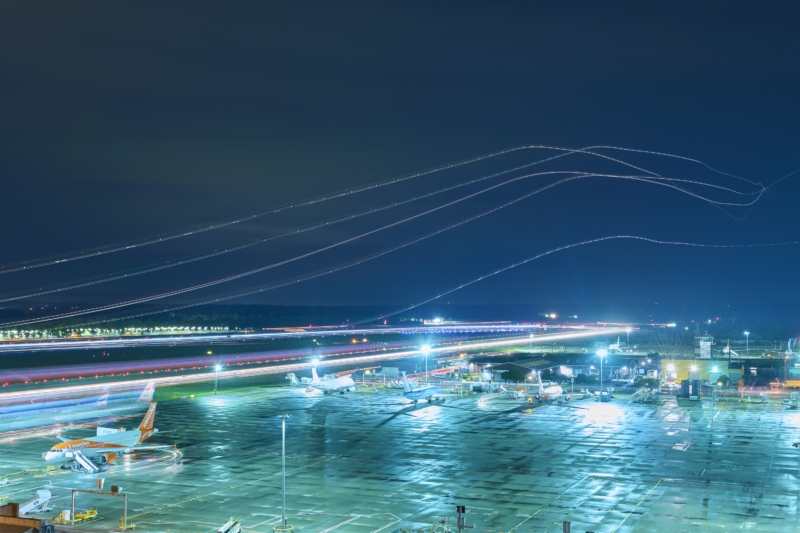Taking flight: progressing the path to modernise UK airspace
20 February 2024Last year marked a pivotal step on the path to modernise UK airspace when West Airspace Deployment (West) was implemented after four years of development.
Covering an area twice the size of Portugal, 54,000 sq nm of airspace over southwest England and Wales was transformed through two concurrent airspace changes above 7,000ft (Systemisation) and 24,500ft Free Route Airspace (FRA). West is the most complex airspace change project NATS has ever implemented and marked a major step towards more efficient air travel in the UK.
Both systemisation and FRA are the new benchmark for airspace design that, in line with Government policy, will transform UK airspace to deliver a modern and sustainable network that continues to improve the way we fly. Everything learned from West will take us forward to the next stage of airspace modernisation across the rest of the UK in close alignment with airports who are responsible for their own designs below 7,000ft.
What’s next?
Scottish, London and Manchester Terminal Control Areas (TMAs) are set to be upgraded over the next decade. These deployments will transform approximately 42,000 sq nm of airspace – including areas that host some of the busiest airspace in the world – through systemising the lower-level network (7,000ft-24,500ft).
Following West, is the Scottish TMA. With FRA already in place in the high-level network from 2021 and performing well, work to systemise Scottish airspace below this is gaining momentum, with ACOG’s Public Engagement Exercise (PEX) now live. The PEX is designed to explain in general terms the approach to coordinating the airspace change proposals (ACPs) in a particular TMA with NATS working closely with Edinburgh and Glasgow airports.
Due to the complexity within the London TMA, airspace changes will take place in a phased approach. The first iteration of transformation in the London TMA is planned to follow closely behind the Scottish deployment and is focussed on airspace south of London and surrounding London Gatwick Airport.
The Manchester region is third in line. Work is progressing well with the four airports in the area – Manchester, Leeds Bradford, East Midlands, Liverpool – with a large-scale simulation planned this coming summer.
These changes are vast in their complexity and simply cannot come to fruition without close collaboration with, and consideration of stakeholders in the aviation industry. Ultimately, airspace modernisation is the industry’s most immediate means of delivering carbon and noise reduction targets, and NATS is fully committed to contributing to a more sustainable future for aviation.
As we look ahead to 2024 and beyond, there are a series of important milestones to be achieved. The TMA projects I’ve mentioned are all subject to the CAA’s CAP1616 airspace change process, a process designed to oversee development and consider approval of new airspace designs.
The CAA tracks the progress of an ACP against the requirements of the process and the Airspace Modernisation Strategy at defined moments, known as Gateways. By early 2025 we will hit two “Stage Three Gateways” for both the Scottish and London TMAs as we prepare for consultation.
Of course, UK airspace has had its fair share of changes throughout the years, but it hasn’t been upgraded on this scale since its inception in the 1950s. We host some of the busiest airspace in the world and the UK is of critical significance within the global aviation landscape. Modernising airspace allows the UK to continue as a major global player and enhance our service amidst evolving future aviation demands.
We know there’s a lot of work ahead. But through effective collaboration and engagement we will achieve simpler, safer and more efficient flying.
Comments
Please respect our commenting policy and guidelines when posting on this website.
